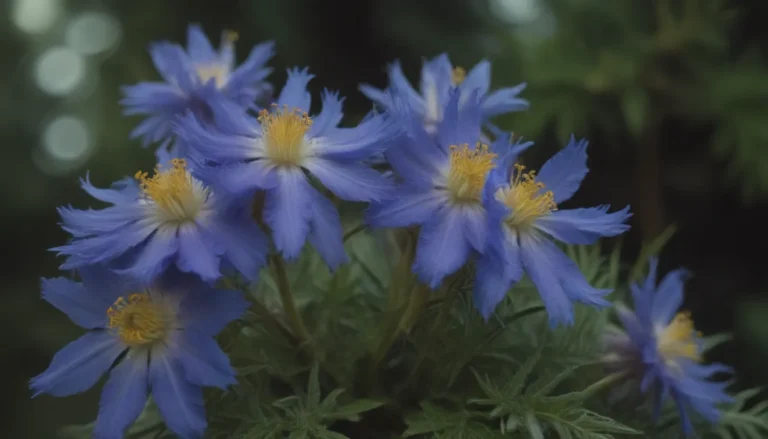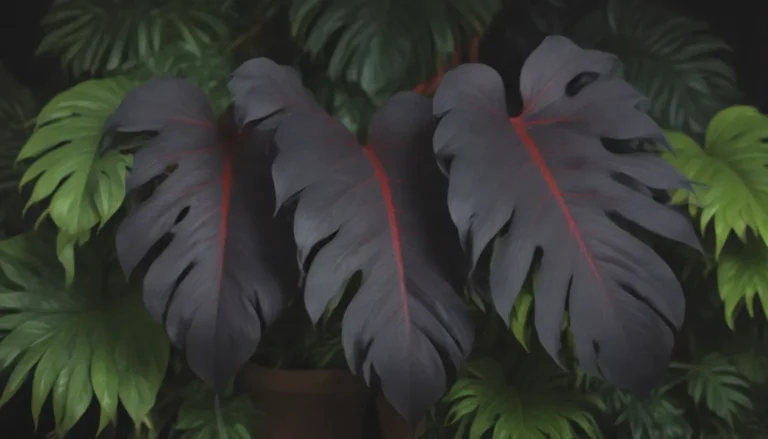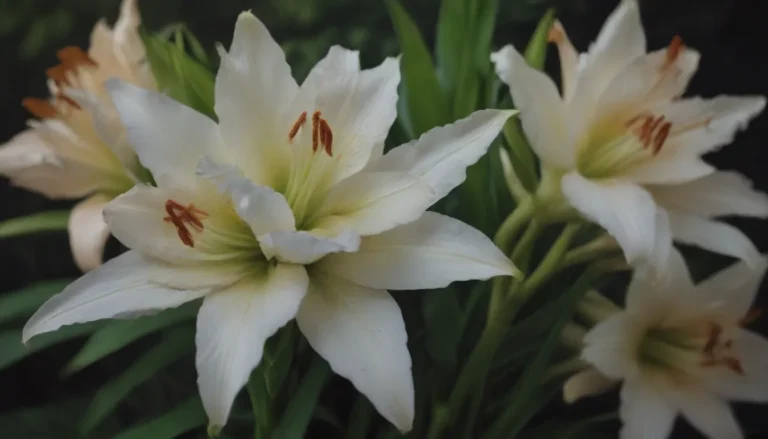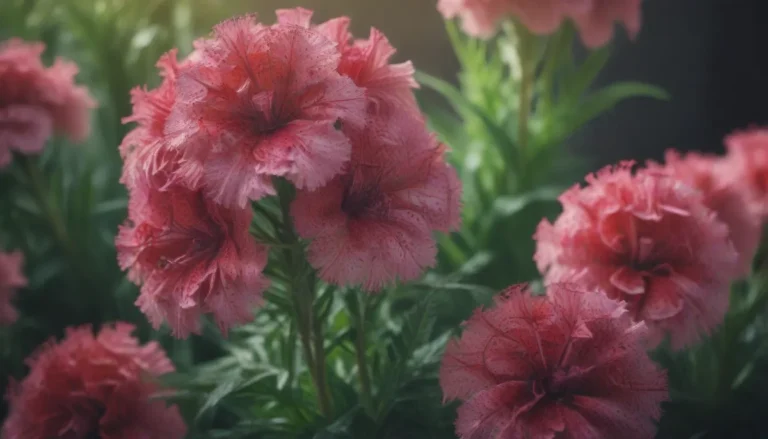A Comprehensive Guide to Growing and Caring for Horsetail Plants
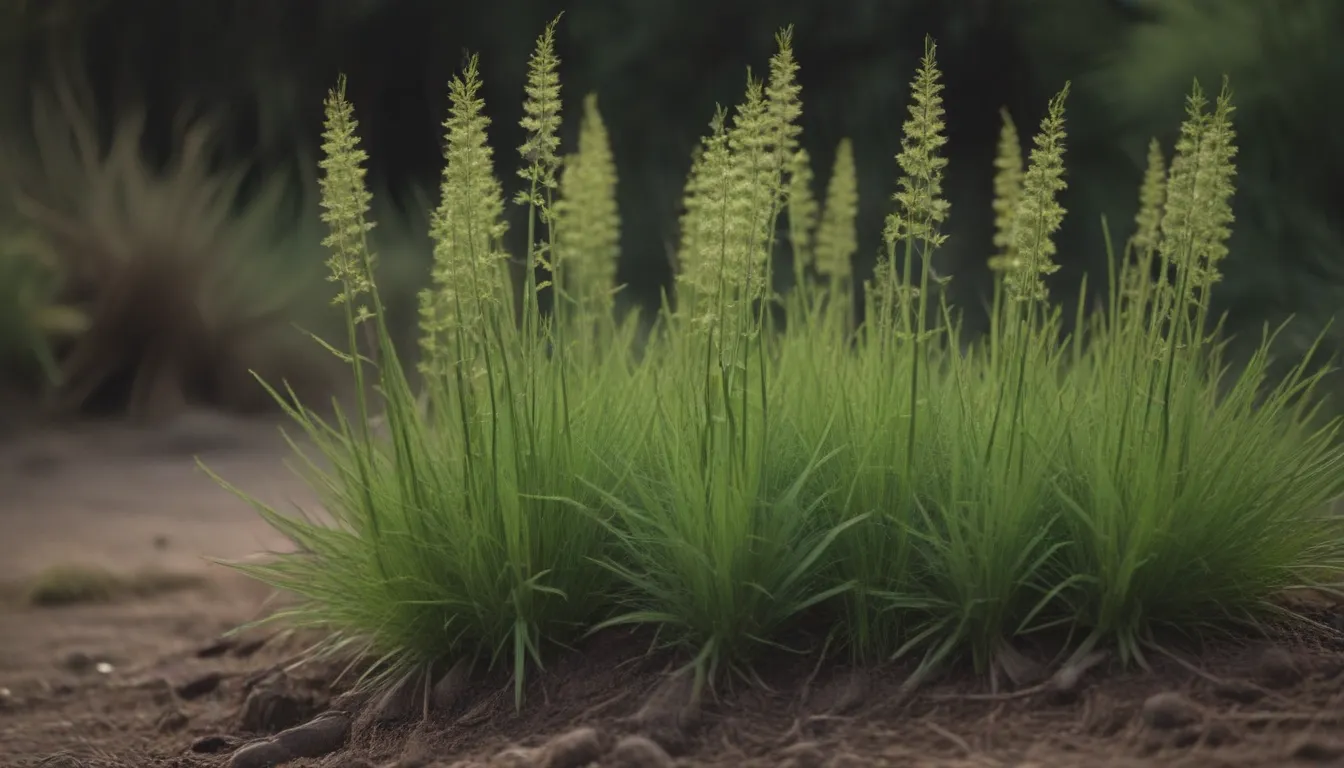
Horsetail, also known as rough horsetail or scouring rush, is a versatile non-flowering perennial that can thrive in conditions where other plants struggle. This unique plant boasts hollow green stems with horizontal bands, resembling bamboo but with a slender, grass-like appearance. Horsetail reproduces through spores and underground rhizomes, similar to ferns, and is exceptionally resilient against pests and diseases.
Horsetail: A Resilient Plant for Every Garden
Horsetail is known for its adaptability and low-maintenance nature, making it a popular choice for gardeners looking for a fuss-free addition to their landscape. Here are some essential tips for growing and caring for horsetail plants:
Light
One of the great things about horsetail is its ability to thrive in a variety of light conditions. Whether you have full sun or partial shade, this plant will adapt and grow effortlessly. However, it does prefer filtered shade, reminiscent of the gentle light found beneath towering trees in a forest.
Soil
Horsetail thrives in poor, sandy soil that retains moisture well. For container-grown horsetail, consider adding gravel or sand to the potting mix to mimic the plant’s preferred growing environment. This will help create the ideal texture for optimal growth.
Water
As a water-loving plant, horsetail thrives in consistently moist soil and can even withstand standing water up to 4 inches deep. If you’re planting horsetail in an area prone to flooding or in a rain garden, this plant is an excellent choice. Be sure to water it frequently and avoid letting the soil dry out, particularly in warmer climates where daily watering may be necessary.
Temperature and Humidity
Horsetail plants enjoy high humidity and can tolerate a wide range of temperatures. Hardy in USDA zones 4 to 9, horsetail is resilient to various climate conditions. While it may experience some discoloration in extremely cold weather, this plant is generally hardy and low-maintenance.
Fertilizer
Unlike many plants, horsetail does not require rich or fertile soil. In fact, this plant thrives in poor soil conditions, making fertilization unnecessary. By providing the right growing environment with proper soil and water, your horsetail plant will flourish without the need for additional nutrients.
Types of Horsetail Plants
While the most common variety is Equisetum hyemalis, there are several related species of horsetail worth exploring. Some popular options include:
- Equisetum arvense
- Giant horsetail (E. giganteum)
- Variegated horsetail (E. variegatum)
Each type of horsetail offers its own unique characteristics, so choose the variety that best suits your garden’s needs and aesthetic preferences.
Pruning and Maintenance
Maintaining horsetail plants involves proper containment and control, as their aggressive spreading nature can become invasive if left unchecked. While horsetail is not traditionally pruned, managing its growth and preventing it from spreading uncontrollably is essential. Some tips for keeping horsetail in check include:
- Regularly inspecting the plant for signs of overgrowth
- Removing new stems at ground level to prevent further expansion
- Using soil barriers to contain the plant’s rhizomes
- Considering the use of systemic herbicides if necessary for eradication
Propagating Horsetail
While horsetail’s rapid growth and spreading tendencies may deter some gardeners from propagating it, sharing this unique plant with others can be a rewarding experience. If you decide to propagate your horsetail plant, it’s as simple as dividing the root clumps and replanting them in desired locations. Spring is the optimal time for this propagation process, ensuring the best chance of success.
Tips for Growing Horsetail Successfully
To ensure your horsetail plant thrives and remains under control, consider the following tips:
- Use soil barriers to prevent spread
- Consider planting similar-looking alternatives like pampas grass or common cattails
- Avoid growing horsetail indoors due to its rapid growth and water requirements
In conclusion, horsetail is a unique and resilient plant that can add a touch of greenery to any garden landscape. By following these care tips and best practices, you can enjoy the beauty of horsetail while maintaining its growth and preventing it from becoming invasive. Whether you’re a seasoned gardener or a beginner looking for an easy-to-care-for plant, horsetail is an excellent choice for adding a touch of nature to your outdoor space.
Sources:
– Riet-Correa F, Medeiros R, Pfister J, Mendonça F. Toxic plants affecting the nervous system of ruminants and horses in Brazil. Pesquisa Veterinária Brasileira. 2017;37(12):1357-1368. doi:10.1590/s0100-736×2017001200001
– Field Horsetail. Washington State University, College of Agricultural, Human, and Natural Resources Sciences
– Equisetum: Biology and Management. Iowa State University Extension.


